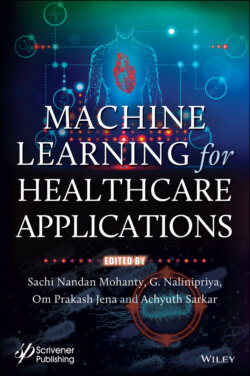Читать книгу Machine Learning for Healthcare Applications - Группа авторов - Страница 83
3.5 Result 3.5.1 Individual Result Analysis
ОглавлениеHere, we display the output of the 5 classification algorithms we used on the given dataset for deliberating on Neuromarketing using Machine Learning Algorithms. The output was user-independent as we assume that for predicting the choice of a user his/her training data is not required. In Figure 3.6 we depict the overall accuracy received while running it on the mentioned columns, i.e., Decision Tree, Bagging Decision Tree, Gaussian Naïve Bayes Classifier, Kernel SVM and Random Forest Classifier.
Figure 3.4 Images used for visual evaluation.
Figure 3.5 Sample of EEG signal for a product with corresponding Brain map and choice label.
We compiled all participant’s EEG data into a single file called as “Master file” with appropriate like=1/dislike=0 labelling for all rows. We observe here that Kernel SVM has the highest achieved accuracy followed by Decision Tree whereas all other 3 produce near about close results.
In Figure 3.7, we shall be showing the individual ROC AUC curve results in the graphical form for all the algorithms used on Master file showing true positive and false positive rates by its axes depicting the performance of a classification model at all classification thresholds.
Figure 3.6 Accuracy for all users (compiled).
Figure 3.7 Individual result of each algorithm.
Figure 3.8 Result of 25-users with different algorithms.
In Figure 3.8 we shall be showing the individual 25 participant’s resultant accuracy with respect to Decision Tree, Bagging Decision Tree, Gaussian naïve Bayes Classifier, Kernel SVM and Random Forest Classifier in the respective order.
